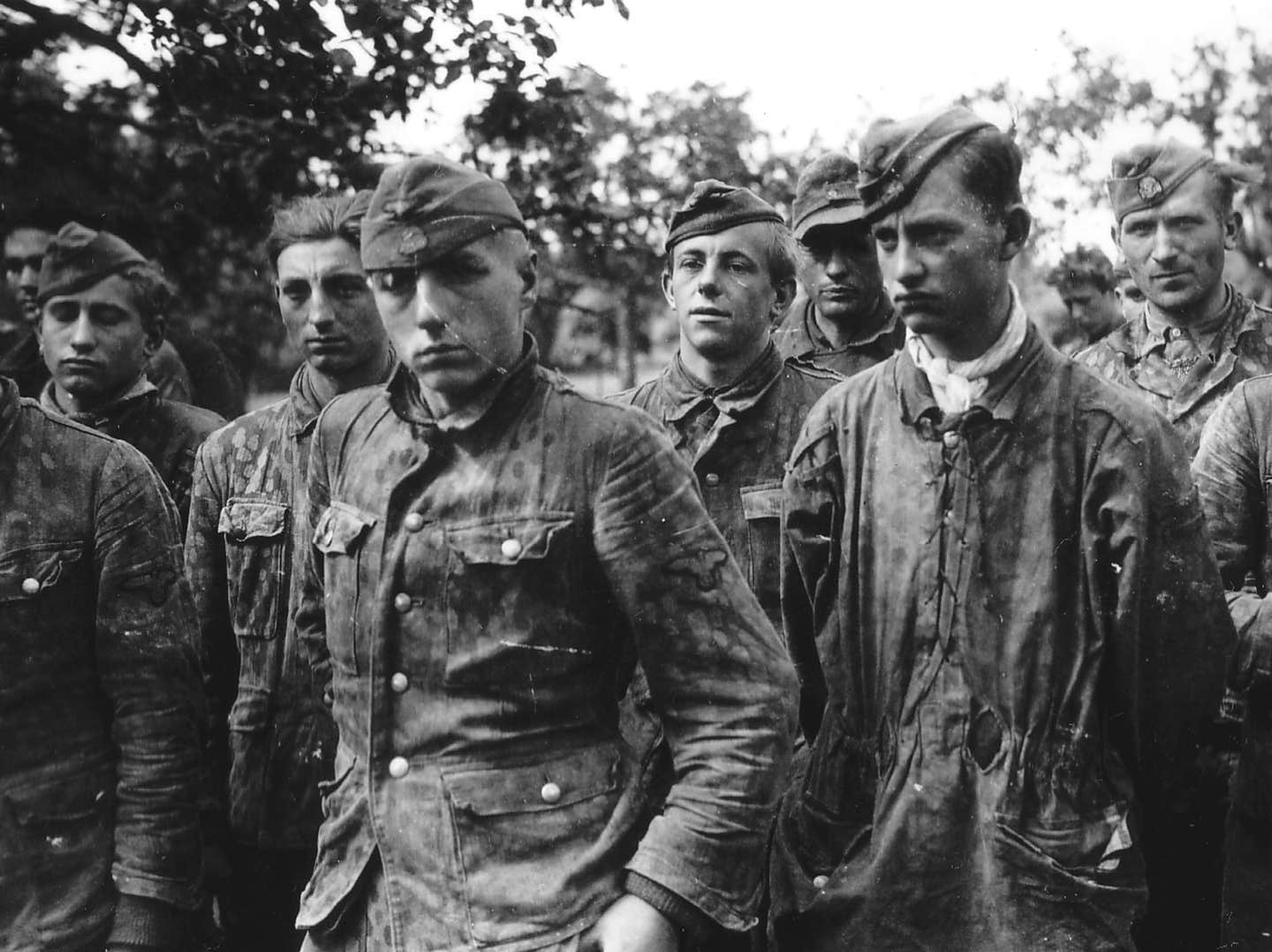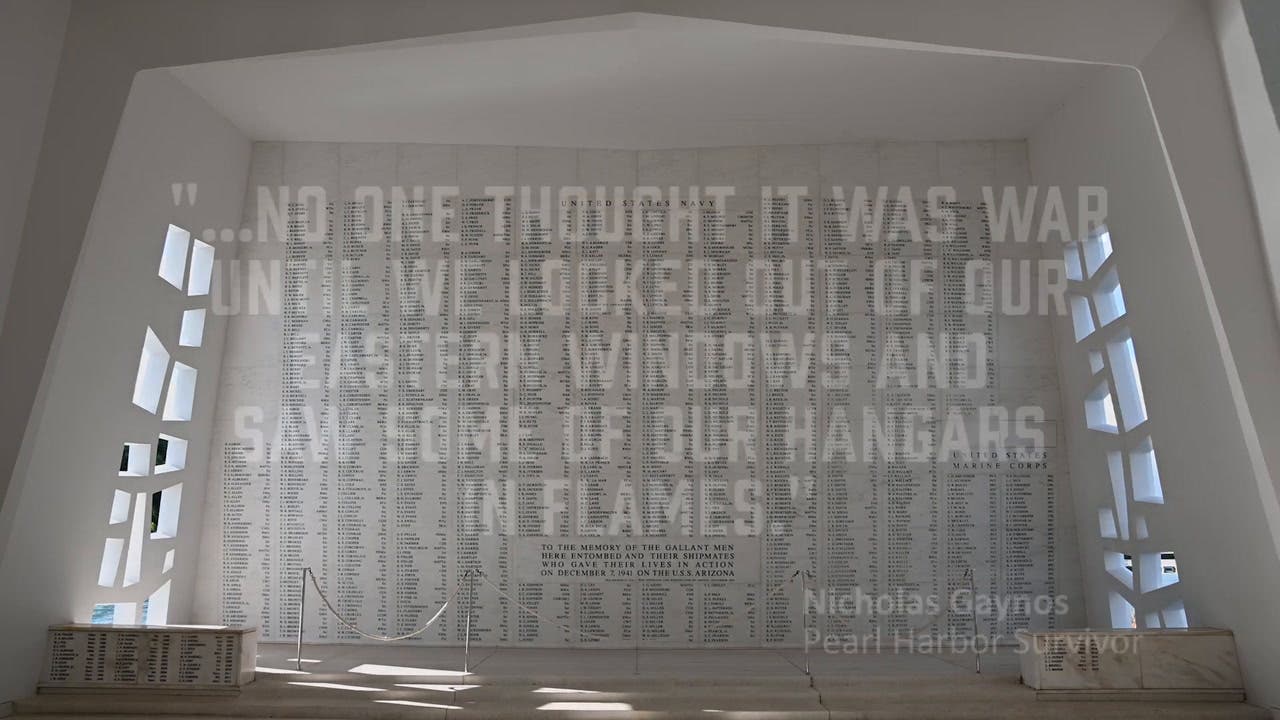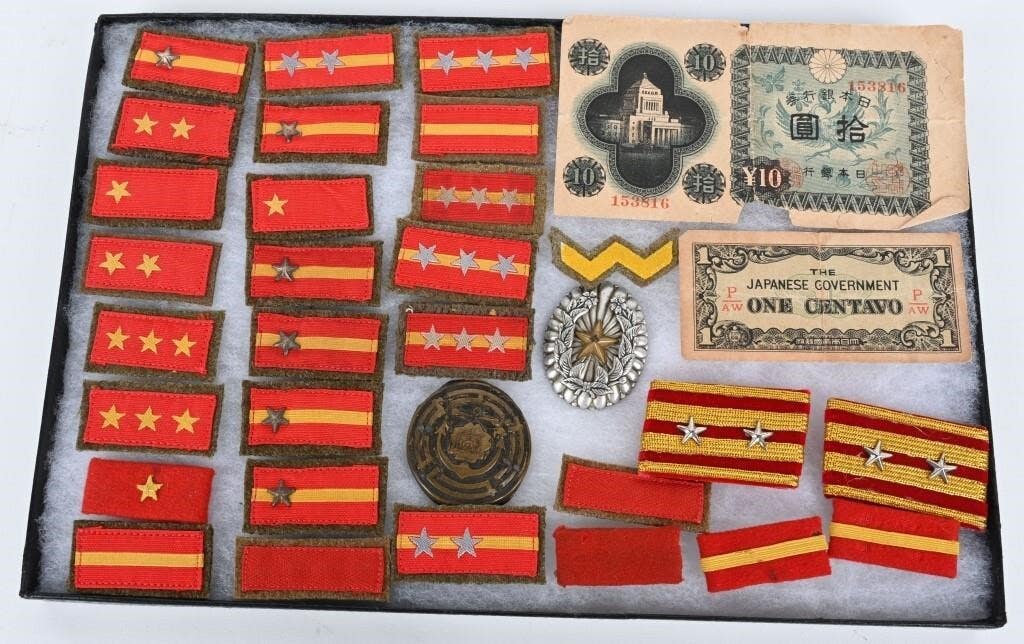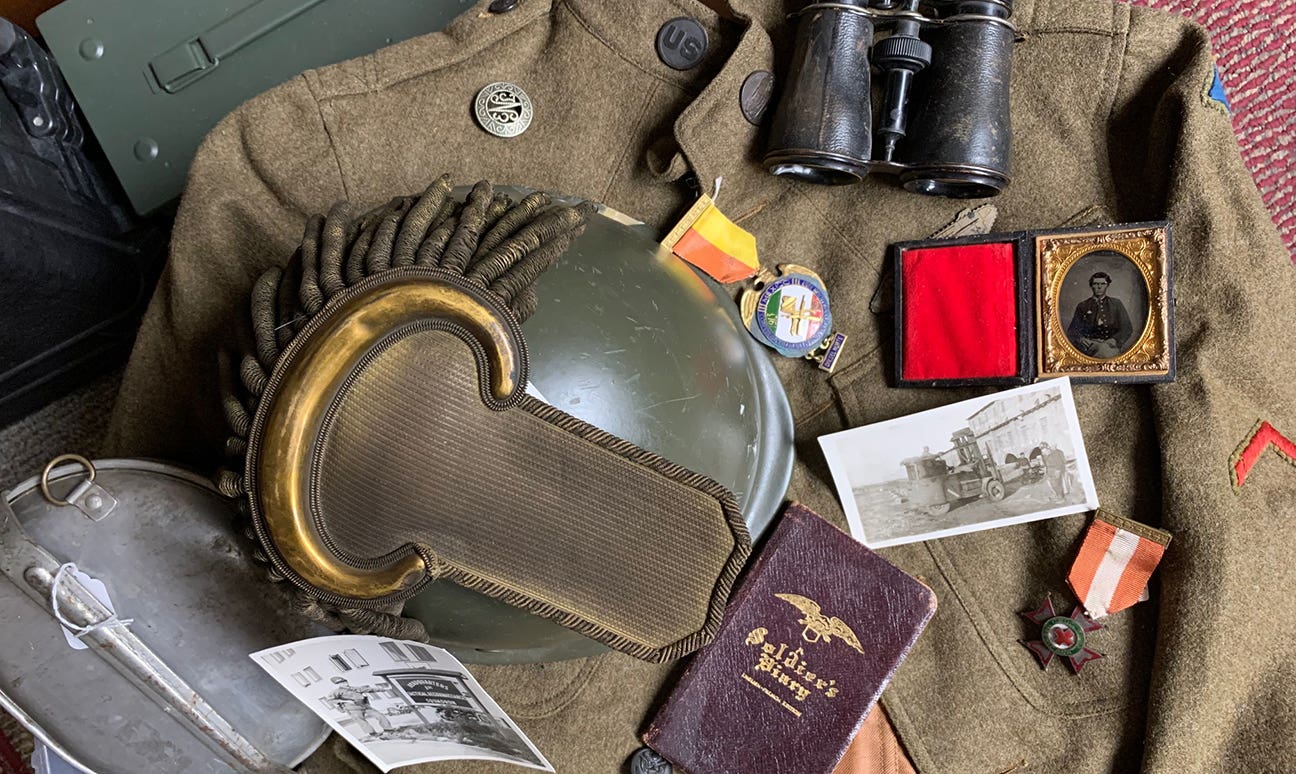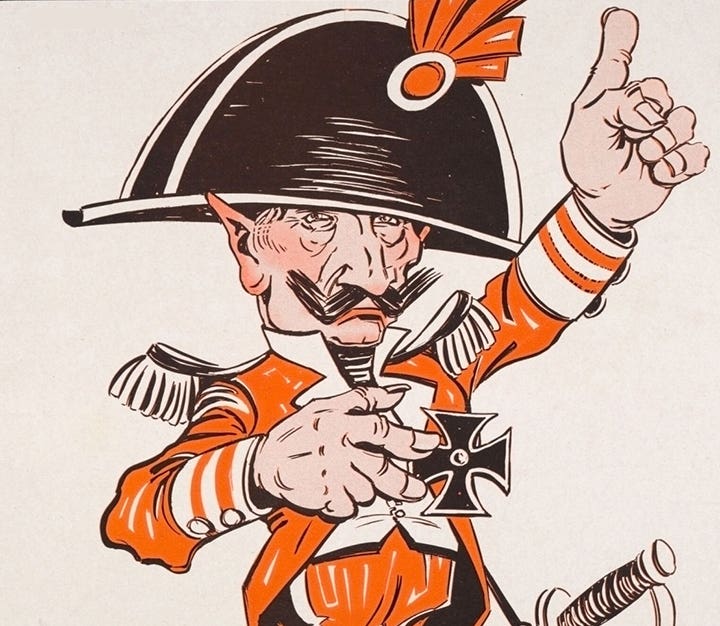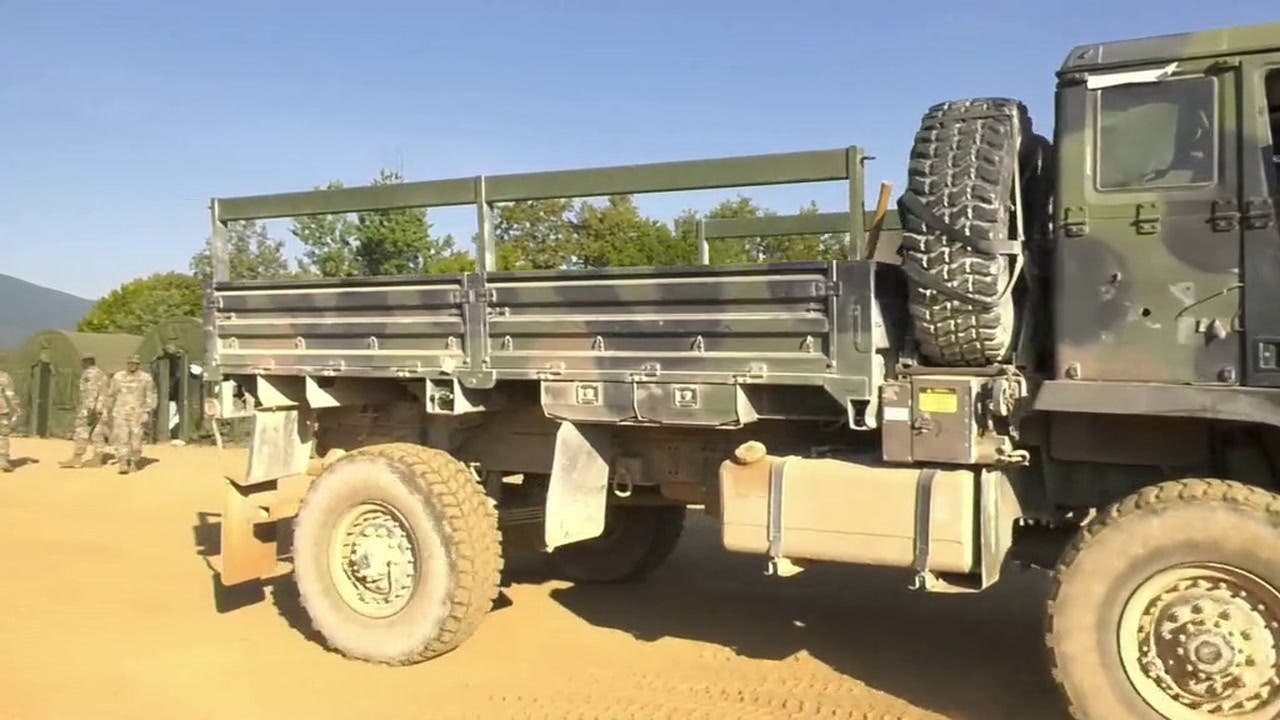A Good Historian Lives Without Regrets
Living without regrets is a tough goal. Many times, I have said that I have only three (deeply personal) regrets. Those are outside the realm of collecting and researching, however….
Living without regrets is a tough goal. Many times, I have said that I have only three (deeply personal) regrets. Those are outside the realm of collecting and researching, however. I suspect that if I included all of my collecting and research regrets, my list would be much longer.
AN OPPORTUNITY TO MEET SOMEONE SPECIAL
“Did you see Sam Mendel in the 4th of July parade?” Bill Combs asked me back in 1988.
“No, who is Sam Mendel?” I inquired.
Bill explained how Sam was the “Oldest living American veteran” and one of two surviving Spanish-American War veterans. “Really?” I exclaimed. “Where does he live?”
Bill, already a devout Spanish-American War scholar at that time, told me I drove right by Sam’s house in Galva, Illinois, almost every day. “It’s the brick house with a flag outside,” Bill clarified.
I knew the house. I did drive by it on my commute to my job at the nearby Bishop Hill Heritage Association. In fact, if I tried hard, I could even imagine having seen Sam sitting outside on his porch on more than one of my drive-by’s.
A Spanish American War Veteran.
Historians trace the origins of The Spanish-American War to the rebellion against Spanish rule that began in Cuba in 1895. The repressive measures that Spain took to suppress the guerrilla war were graphically portrayed in U.S. newspapers, inflaming the American public’s outrage.
American sentiments reached a boiling point in January 1898, when violence in Havana led U.S. authorities to order the battleship USS Maine to the city’s port to protect American citizens. A few weeks later, on February 15, a massive explosion sank the Maine in the Havana harbor, killing 260 of the 400 American crew members aboard. Without much evidence, an official U.S. Naval Court of Inquiry ruled that the ship was blown up by a mine. The Court did not go as far directly blaming Spain, however. Regardless, much of Congress and a majority of the American public expressed little doubt that Spain was responsible. They called for — and received — a declaration of war against Spain.
The sinking of the Maine ignited young Sam Mendel's patriotic fervor, something that burned brightly through his long life. At that time, however, he was only 14 years old and unable to enlist. During a1983 interview, Sam recalled that when he was finally able to join the Army three years later, he was hoping to see combat. But by then, the United States and Spain had signed the Treaty of Paris ending the war.
As part of the terms of the Treaty, Spain ceded Puerto Rico and Guam to the United States and Cuba became a U.S. protectorate. In addition, the once mighty Spanish empire sold the Philippines to the U.S. for $20 million.
This latter move did not sit well with the Filipino populace. In fact, Philippine nationalists who had fought against Spanish rule, immediately turned their guns against the new occupiers — the United States military.
There were two phases to the Philippine-American War. The first phase, from February to November of 1899, was dominated by Emilo Aguinaldo’s ill-fated attempts to fight a conventional war against the better-trained and equipped American troops.
The Filipinos’ shift to guerrilla-style warfare in November 1899, marked the beginning of the second phase. This lasted through the capture of Aguinaldo in 1901 and into the spring of 1902, by which time most organized Filipino resistance had dissipated. President Theodore Roosevelt proclaimed a general amnesty and declared the conflict over on July 4, 1902, although minor uprisings and insurrections against American rule periodically occurred in the years that followed.
It was during this second phase when Sam enlisted, eager to serve his country in battle. By that time, more than 75,000 Americans were already fighting in the Philippines. But, instead of
joining them in combat, Sam recalled he spent his 3-year military career —not carrying a rifle in battle — but rather, a football on the athletic fields at Fort Sam Houston, Texas. In fact, in 1902, the same year when hostilities in the Philippines ended, Sam was cited as the Army's best athlete.
He never saw combat, but Sam outlasted all but one of the 392,000 Americans who had served during the 1898-1902 era. The last known veteran of the Spanish-American War-era was Nathan E. Cook, 102, of Tempe, Arizona. A former Navy man with 44 years of military service, Cook died in 1992.
Even though he was not the last Spanish-American War veteran, Sam did earn the title of "the oldest living American veteran" in 1987, when a 107-veteran named Jasper Garrison died in Marion, Illinois. Sam enjoyed the exalted position until he passed away a year later on July 14, 1988 — ten days after the parade that Bill Combs had seen and told me about.
I had not made any effort to meet and shake the hand of Sam Mendel, one of two living Spanish American War veterans and the oldest American veteran at the time.
Add that to my list of regrets.
Preserve the Memories,
John Adams-Graf
Editor, Military Trader and Military Vehicles Magazine
John Adams-Graf ("JAG" to most) is the editor of Military Trader and Military Vehicles Magazine. He has been a military collector for his entire life. The son of a WWII veteran, his writings carry many lessons from the Greatest Generation. JAG has authored several books, including multiple editions of Warman's WWII Collectibles, Civil War Collectibles, and the Standard Catalog of Civil War Firearms. He is a passionate shooter, wood-splitter, kayaker, and WWI AEF Tank Corps collector.



